Index: Archiving the Edges of Violence
Stanlee and Gerald Rubin Center for the Visual Arts, El Paso, Texas.
October 9 – December 10, 2014
Francis Alÿs, Olga Guerra, Miguel A. Aragón, Gina Arizpe, Roberto Cárdenas.
![]()
![]()
![]()
![]()
![]()
![]()
![]()
![]()
![]()
![]()
Stanlee and Gerald Rubin Center for the Visual Arts, El Paso, Texas.
October 9 – December 10, 2014
Francis Alÿs, Olga Guerra, Miguel A. Aragón, Gina Arizpe, Roberto Cárdenas.
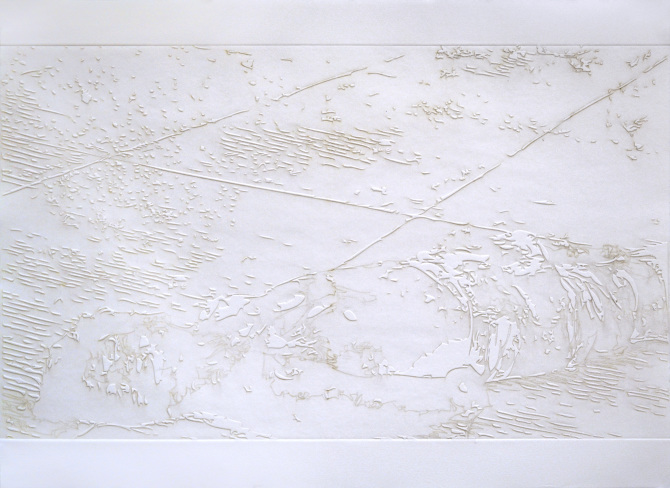

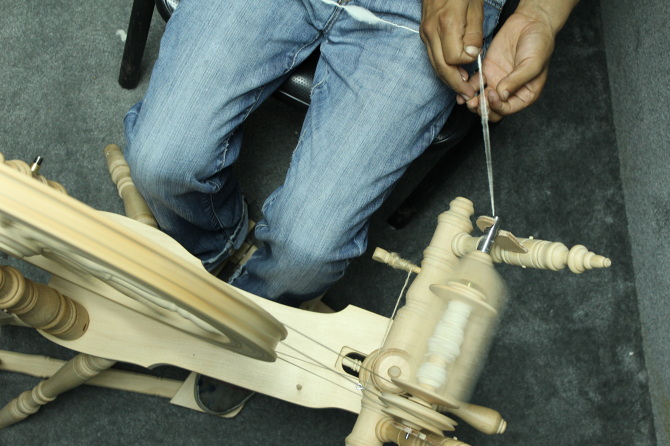
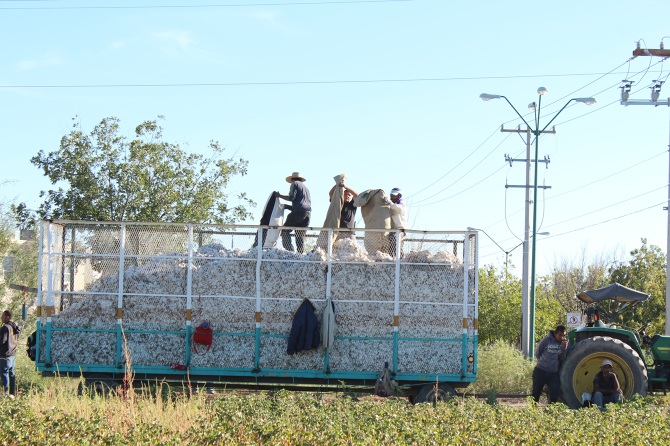

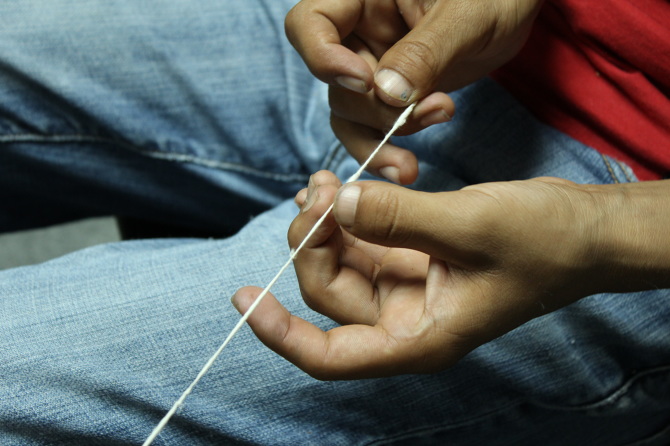

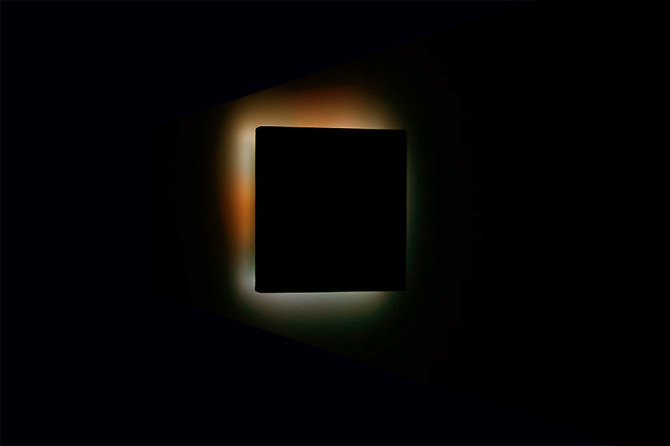
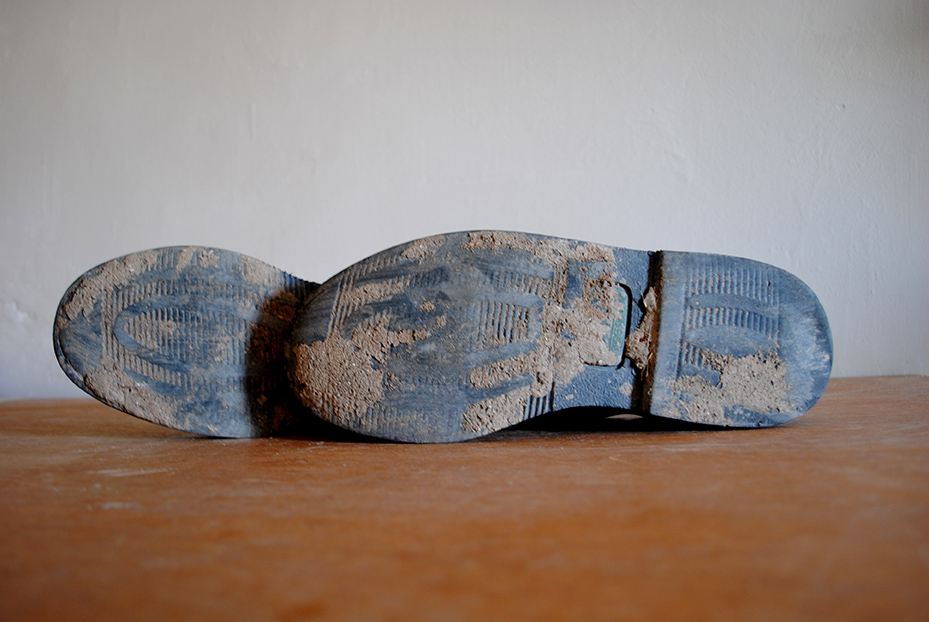
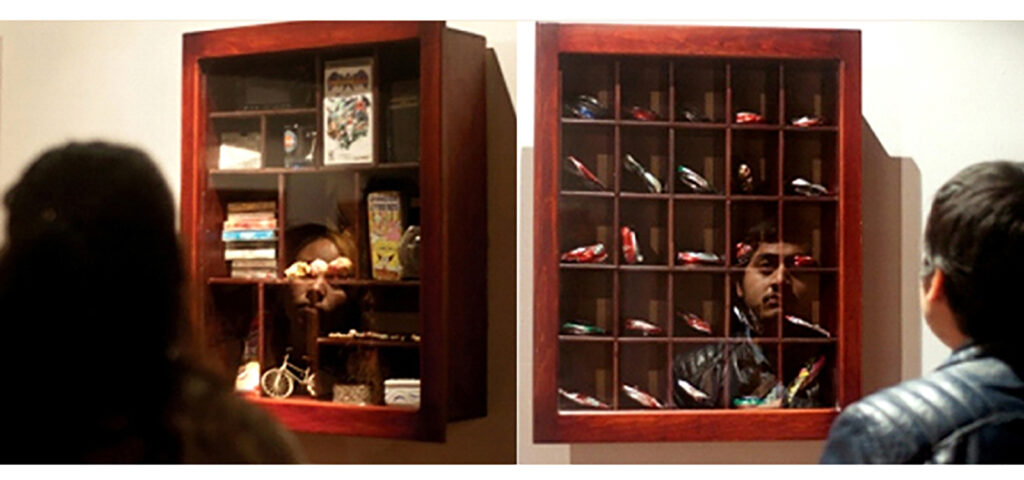
What remains? The language remains. This was the answer given by Hanna Arendt in an interview with Gunter Gauss and broadcast on West German television on October 28, 1964. When asked if she longed for pre-Hitler Europe, she answered with a resounding "NO" - Walking through the streets of post-war Germany and hearing the mother tongue was a moment of happiness. After all, Arendt said, it was not language that went mad.
What does the persistence of a native tongue mean? Arendt does not refer to a structure of signs, but to language as the place of meaning. The mother tongue, the first, the one learned from home, crossed by the figure of the mother, fights against oblivion: words of love, promises, forgiveness, sudden farewells, all of them, latent in listening. The language itself is what remains of the destruction. But also, the mother tongue becomes power. Break in, break the silence, and take the word of those who couldn't find them at the time, of those who, by saying more, were silenced. The mother tongue is the possibility of revealing the real.
What does the persistence of a native tongue mean? Arendt does not refer to a structure of signs, but to language as the place of meaning. The mother tongue, the first, the one learned from home, crossed by the figure of the mother, fights against oblivion: words of love, promises, forgiveness, sudden farewells, all of them, latent in listening. The language itself is what remains of the destruction. But also, the mother tongue becomes power. Break in, break the silence, and take the word of those who couldn't find them at the time, of those who, by saying more, were silenced. The mother tongue is the possibility of revealing the real.
Index, through the work of five artists, each at different stages of their artistic life, aims - like the mother tongue - to give meaning (through) to what precisely remained. The objects offer formal traces of a utopian memory capable of reuniting the fragmented; The very imprint of a personal interaction in a city that lives in confusion; the rescue of an archive that seems dead; the cultivation of a gesture of reconciliation with the past that is still present; and the landscape of abandonment that, through an overflowing river of images that flooded the language or through an innocent child's game, helps us to approach new ways of speaking.